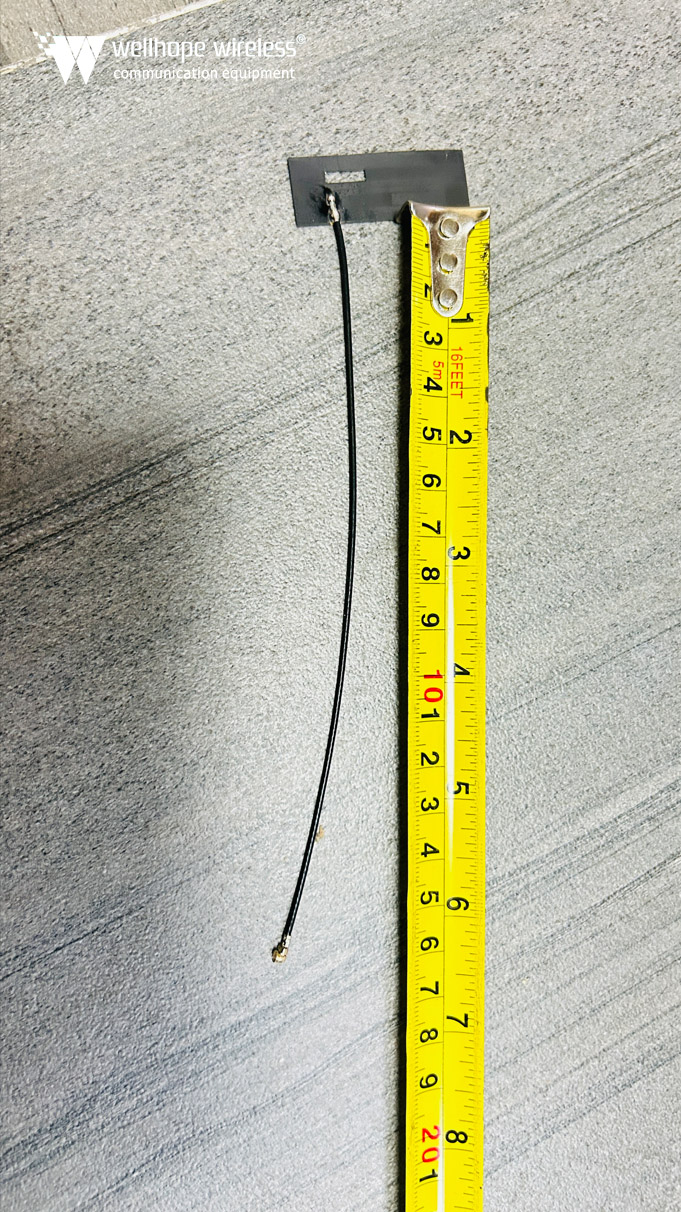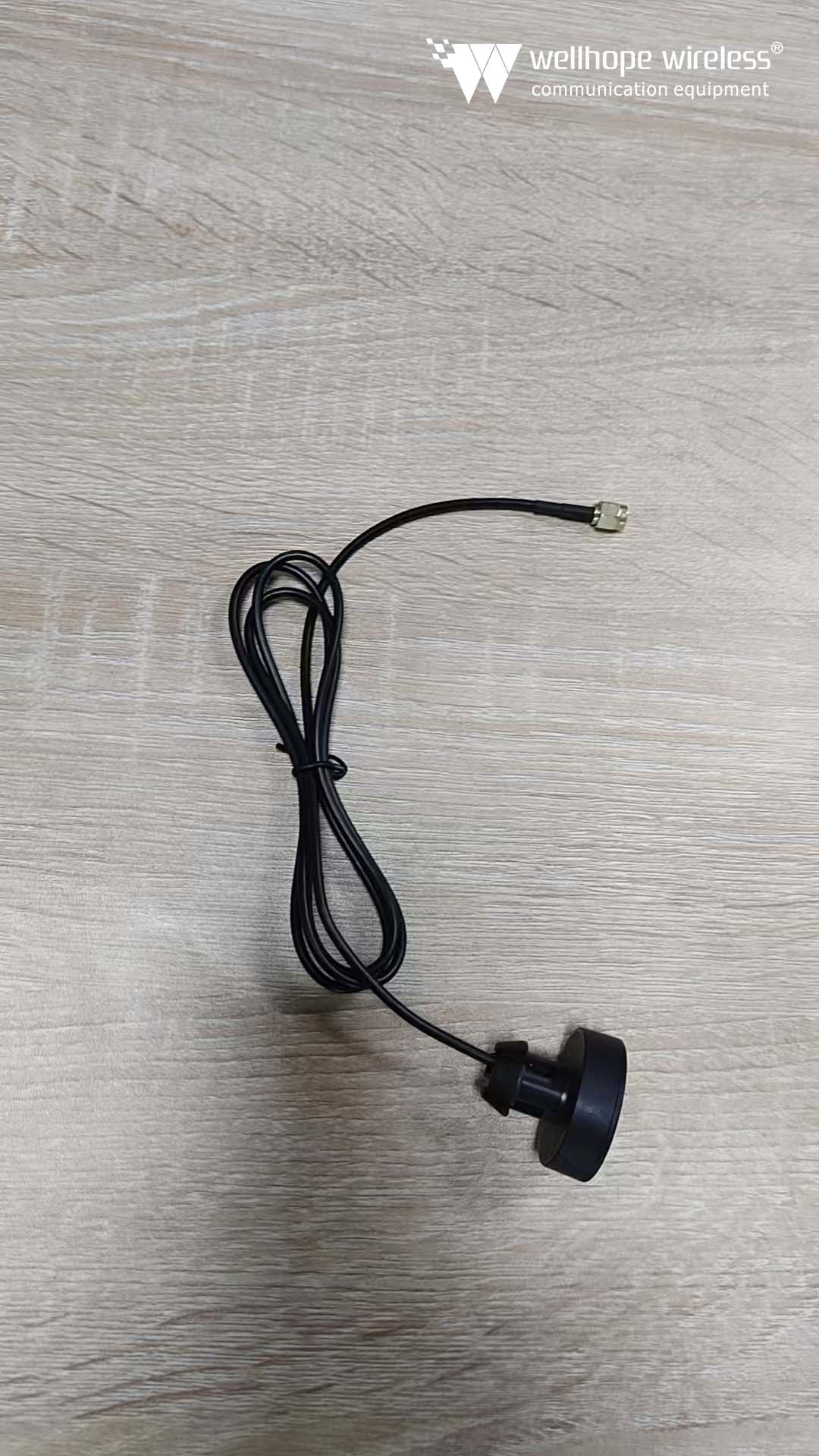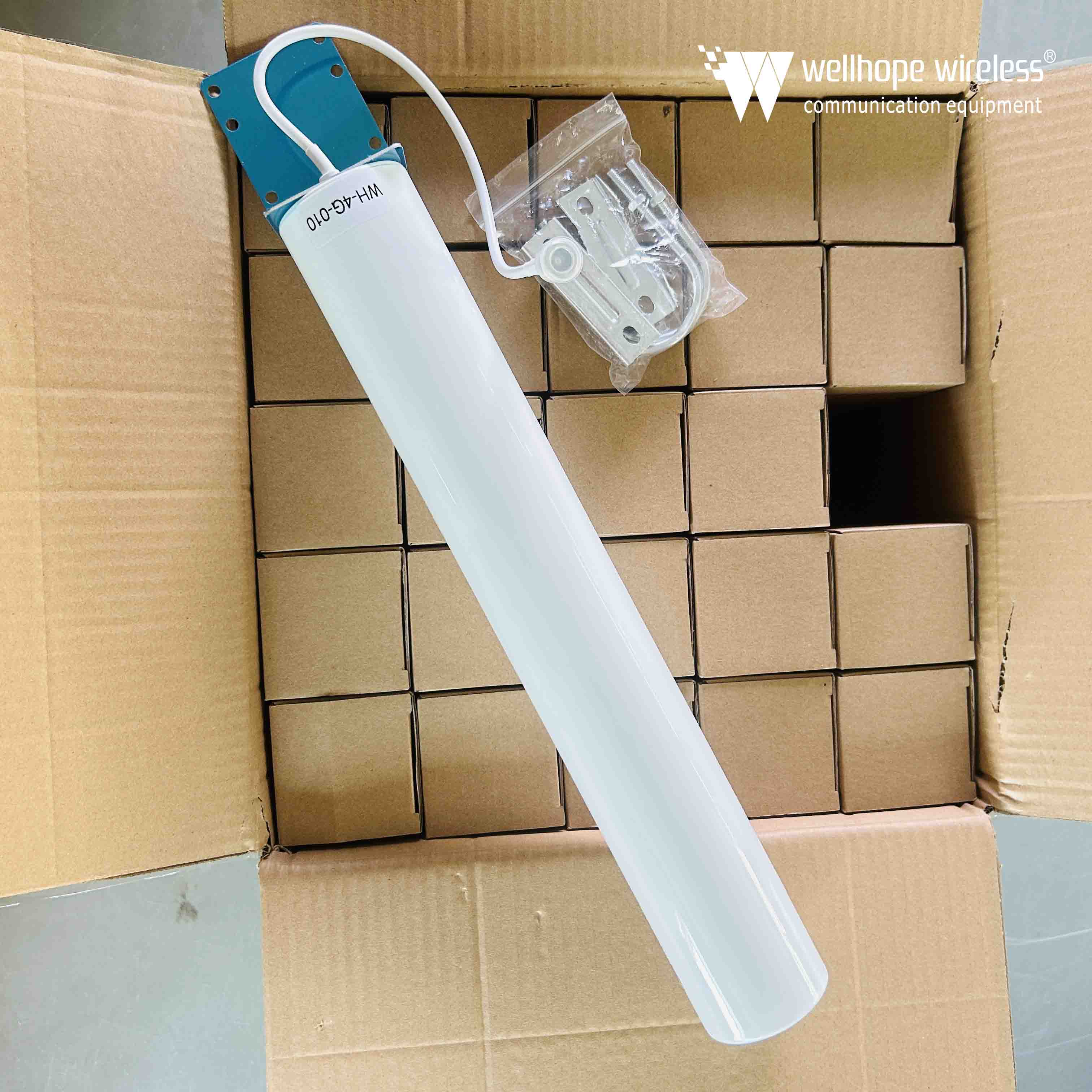Regarding dB, dBm, and dBi
Estimated 15minutes to finish reading
DB (decibels)
DB is a relative unit used to represent the
ratio between two quantities. It is usually used to describe the ratio of power
or voltage (or current).
Definition: (dB=10 \ log_ {10} \ left (\
frac {P_2} {P_1} \ right)) or (dB=20 \ log_ {10} \ left (\ frac {V_2} {V_1} \
right))
Among them, (P_1) and (P_2) are two power
values, and (V_1) and (V_2) are two voltage or current values.
Note: dB is a relative unit that represents
the ratio between two quantities, not an absolute value.
1. The decibel calculation formula for
power ratio:
When comparing two power values, the
decibel calculation formula is:
DB=10log10 (P1P2), where (P_1) is the
reference power (usually a fixed value), and (P_2) is the power to be measured.
If (P_1) is 1 watt, the above formula can be simplified as: dB=10log10 (P2),
where (P_2) is the power value in watts.
2. The decibel calculation formula for
voltage (or current) ratio:
When comparing two voltage (or current)
values, the decibel calculation formula is:
dB=20log10(V1V2)
perhaps
dB=20log10(I1I2)
Among them, (V_1) and (I_1) are reference
voltages and currents (usually fixed values), while (V_2) and (I_2) are the
voltages and currents to be measured. If (V_1) or (I_1) is 1 volt or 1 ampere,
the above formula can be simplified as:
dB=20log10(V2)
perhaps
dB=20log10(I2)
Here (V_2) and (I_2) are voltage and
current values in volts or amperes.
Note: In these formulas, (\ log_ {10}) represents the logarithm based on 10. If (P_2/P_1) or (V_2/V_1) (or (I_2/I_1)) is greater than 1, then the decibel value is positive; If it is less than 1, the decibel value is negative. The larger the decibel value, the greater the multiple of (P_2) relative to (P_1) (or (V_2) relative to (V_1), or (I_2) relative to (I_1)).

DBm (decibels milliwatts)
DBm is an absolute unit used to represent
power values, with a reference point of 1 milliwatt (0.001 watt).
Definition: (dBm=10 \ log_ {10} \ left (\
frac {P} {1mW} \ right))
Where (P) is the power value to be measured.
For example, if the power of a signal is 1
watt, then its power is (10 \ log_ {10} (1000)=30 dBm).
DBm is commonly used to describe the power
of wireless signals or the sensitivity of receivers.
DBm calculation formula
dBm=10log10(1mWP)
Among them,
(P) is the power value to be measured, in
milliwatts (mW).
(1mW) is the reference power value, which
corresponds to the power of 0dBm.
Related information
1. Unit conversion:
0dBm corresponds to 1 milliwatt (1mW).
For every 3dBm increase, the power doubles;
For every reduction of 3dBm, the power is halved.
For example, 30dBm corresponds to 1 watt
(1W), because (10 \ log_ {10} (1000)=30) (because 1W=1000mW).
2. Common conversion values:
o 30dBm
= 1W
o 40dBm
= 10W
o 50dBm
= 100W
3. Precautions:
DBm represents the absolute value of power,
not the power ratio.
In the calculation, pay attention to the
unit of power and ensure that it is consistent with the unit of reference power
(1mW).
Example
If the power of a signal is 4 watts (4W),
then its power (in dBm) can be calculated as follows:
dBm=10log10(1mW4000mW)=10log10(4000)=10*(3+log10(4))≈36.02dBm
(Here (\ log_ {10} (4) \ approx 0.602) is
the base 10 logarithm of 4)
DBi (decibels relative to isotropy)
DBi is a unit used to describe antenna
gain, with its reference point being an idealized isotropic antenna (i.e. an
antenna that uniformly radiates or receives in all directions).
Definition: (dBi=10 \ log_ {10} \ left (\
frac {G} {G_ {iso}} \ right))
Among them, (G) is the gain of the antenna
to be measured, and (G_ {iso}) is the gain of an isotropic antenna
(theoretically 1).
Note that since isotropic antennas do not
exist in reality, dBi is a relative unit, but it provides a convenient
reference point to compare the gains of different antennas.
DBi is commonly used to describe the gain
of antennas used in wireless communication.
DBi calculation formula
dBi=10log10(E0E)
Among them:
(E) is the effective radiation power or
gain of the actual antenna.
(E0) is the effective radiation power or
gain of an ideal isotropic antenna. An ideal omnidirectional antenna has
uniform radiation in all directions, and there is no such antenna in practice,
so it serves as a reference benchmark.
Related information
1. Reference benchmark: The reference
benchmark for dBi is an omnidirectional antenna, which is a theoretically ideal
model used to compare the gain of other antennas.
2. Relationship with dBd: dBi and dBd are
both units that describe antenna gain, but their reference standards are
different. The reference benchmark for dBi is omnidirectional antenna, while
the reference benchmark for dBd is dipole antenna
(Dipole antenna). It is generally believed
that when representing the same gain, the value represented by dBi is 2.15
larger than the value represented by dBd (i.e., dBi=dBd+2.15).
3. Example: If the gain of an antenna is
represented as 16dBd in dBd, then its gain is represented as 18.15dBi in dBi
(usually ignoring decimal places, it is 18dBi).
In summary, dBi is a unit used to describe
antenna gain, and its calculation formula is based on the ratio of the
effective radiation power of the actual antenna to the effective radiation
power of the ideal omnidirectional antenna. Compared to dBd, dBi's reference is
omnidirectional antenna, so when representing the same gain, the value of dBi
will be 2.15 larger than the value of dBd.


















 News
News











